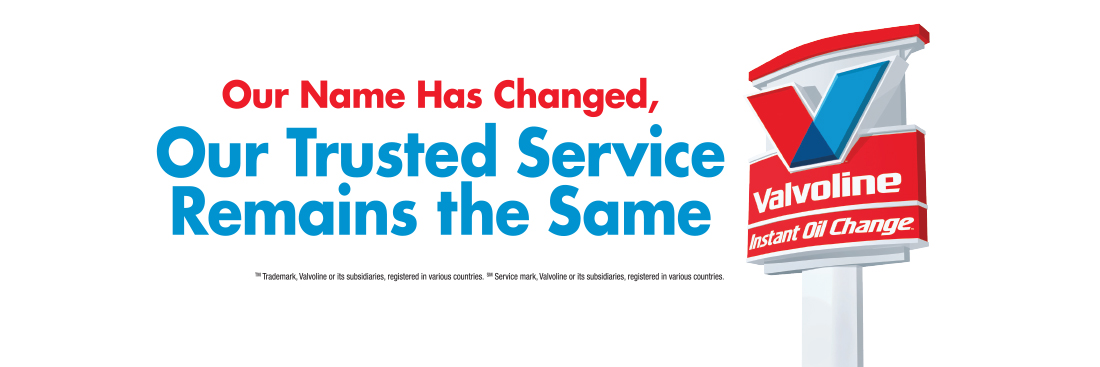Whether you’re headed over the river and through the woods to grandmother’s house for the holidays or planning a family weekend on the ski slopes, ’tis the season for driving in snowy, icy and rainy conditions.
To ensure you and your passengers enjoy a safe trip, we’re sharing 17 important winter driving and vehicle maintenance from our friends at AAA.
We also recommend you read two informative and free AAA brochures: “How to Go in Ice and Snow” for tips on driving on icy and snowy roads and “Get a Grip” for tips on driving in rain and on wet pavement.
AN OUNCE OF PREVENTION
- Keep your gas tank at least half full to prevent your gas line from freezing.
- Avoid using your parking brake in snowy, rainy and wet conditions. If it gets particularly cold, the brake can freeze in place.
- Carry an emergency road kit. Your kit should include a snow scraper, shovel, gloves, flashlight and batteries, warning flares, jumper cables, water, food, extra clothing, first-aid supplies, a bag of cat litter or sand, basic tools, and a mobile phone and charger.
- Don’t warm up a vehicle in a garage or other enclosed space.
- Share your travel plans, especially if you’re traveling through isolated areas. Let someone know where you’re going and when you expect to return.
PREPARE AND MAINTAIN
Spend a little time on your vehicle before your trip to ensure a safe, worry-free journey.
- Check your tire pressure and tread depth. Having the right pressure and traction in winter weather is a must. Don’t mix radial tires with other types of tires.
- Replace wiper blades. If your blades leave streaks or miss spots, it’s time for new ones. Also make sure you have enough washer fluid that won’t freeze in the reservoir.
- Ensure the battery is working properly. Check all cable connections and make sure there’s no corrosion on the terminals. You may want to replace the battery if you haven’t done so in the last three to five years.
- Check that all your lights are clean, bright and working properly. This includes your headlights, brake lights and turn signals. If your plastic lens headlights are dull or don’t provide enough light, consider a Headlight Restoration.
- Check your antifreeze — both the amount of fluid and the fluid’s freeze protection level. Worn-out fluid may not protect against freezing or overheating and can lead to costly engine damage. Learn more about your vehicle’s cooling system and the benefits of Cooling System Flush service.
- Have your vehicle inspected. Take the time to service your car before a road trip, especially if you’re close to scheduled maintenance.
Oil Can Henry’s Famous 20-Point Full-Service Oil Change is an exceptional value that includes a complimentary safety inspection to help keep your vehicle at peak operating efficiency. We check your lights, battery, wipers, brake fluid, air filters, PCV valve, and Serpentine Belt. We also check and fill your windshield wash, coolant, transfer case fluid, power steering fluid, transmission fluid, differential fluid, and tires.
If you need a Cooling System Flush, Headlight Restoration or Automatic Transmission Flush, trust the trained technicians at your local Oil Can Henry’s. All our services meet manufacturer warranty requirements, so you don’t have to hassle with appointments and drop-offs at the dealership. Learn about the wide variety of preventive maintenance services we offer here.
BE IN THE KNOW
Make sure you’re familiar with basic techniques necessary to drive safely in winter conditions. Specifically:
- Stopping distances are significantly longer on snow, ice and wet pavement, so increase your following distance from the 3-4 seconds recommended for dry roads to 8-10 seconds.
- Drive in the lane that has been most recently cleared and avoid making turns through areas with built-up snow.
- Don’t use cruise control on slippery surfaces.
- Brake gently; don’t pump the brake pedal.
- If you find yourself in a skid, don’t panic. Look and gently steer in the direction you want the front of the car to go.
- Watch for frost. Cold night time temperatures can lead to frost on vehicles and on the roads. Slow down or brake gently when approaching bridges or overpasses, where frost is more prone to accumulate and create hazardous conditions. Also watch for shaded areas that could create black ice, especially during early morning or late night hours.
Safe travels from all of us at Oil Can Henry’s!



